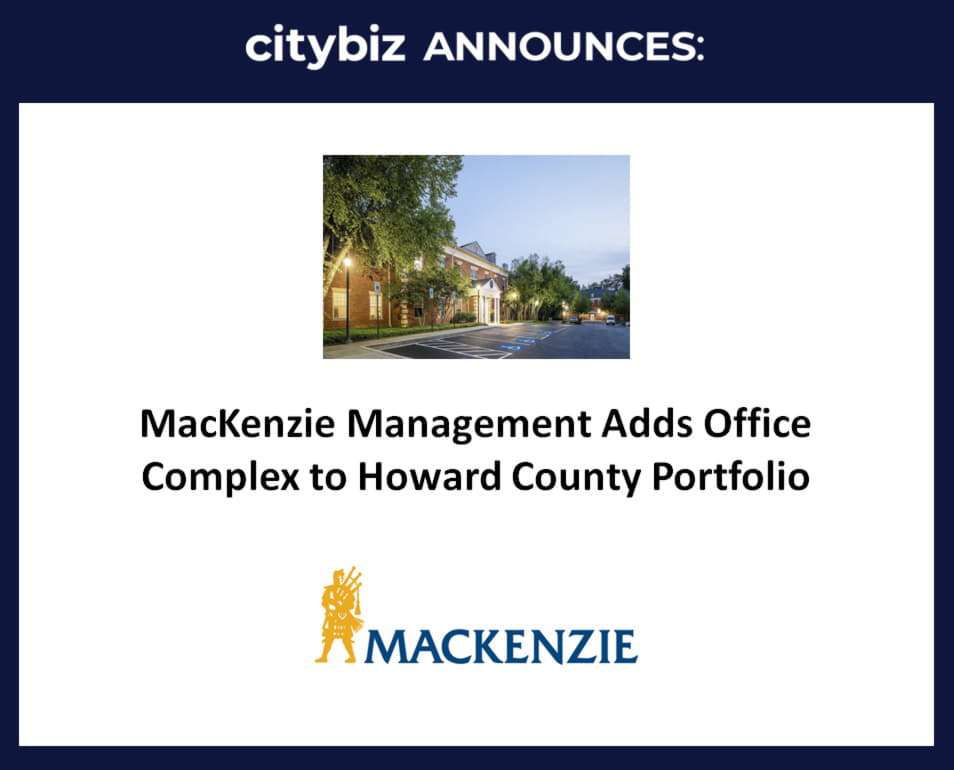Summary
- Eagle missed second quarter expectations at the net interest margin, net interest income, and pre-provision lines as spread pressures continue to accelerate.
- Eagle's near-term spread and credit risks are dwarfed by management's acknowledgement that the company is party to an investigation related to its former CEO.
- Solid details are almost non-existent, but EGBN's former CEO had a relationship with D.C. councilman Jack Evans, currently under investigation for corruption.
- It appears that EGBN may have had a business relationship with a "consulting" business run by Jack Evans.
- Quantifying Eagle's exposure, if any, in this investigation is impossible, but it will overshadow the otherwise undervalued shares for the near term.
It’s been a rough week for Eagle Bancorp’s (EGBN) shareholders. One of the fastest-growing, most profitable commercial banks I know, Eagle saw its share price hammered on a combination of weaker second quarter results and a vague disclosure that Eagle is involved in an investigation tied to the activities of its former CEO Ron Paul, with the latter being the far more surprising and troubling news item.
Valuing Eagle right now is especially difficult. The spread pressures that this spread-based lender are facing are significant, and the company is having to slow down some of its more profitable lending to get its balance sheet in better place. On top of the uncertainty of just how much rate cuts will impact the business and the loan demand outlook in the D.C. area, there’s the open-ended question as to whether Eagle itself is being directly investigated and could face some sort of sanctions down the line. While I do believe the core operations of Eagle are undervalued, the investigation overhang is considerable.
A Weaker Than Expected Quarter
While Eagle may be a standout relative to other banks in terms of its historical growth and profitability, it was just like almost every other bank this quarter with respect to earnings challenges from the rate cycle. Core revenue missed by more than $0.02 as a higher level of fee-based income couldn’t offset a net interest income shortfall caused by 11bp qoq of sequential NIM compression that was about 9bp worse than expected. Expenses were higher than expected, with increased legal expenses playing a role, and pre-provisions profits missed by more than $0.03/share.
Revenue rose 5% yoy and less than 1% qoq, with net interest income up 4% yoy and less than 1% qoq on significant net interest margin compression (down 24bp yoy and 11bp qoq) that couldn’t be overcome by earning asset growth. Fee income rose 5% yoy and 8% qoq on a core basis, but with Eagle generating over 90% of its revenue from spread activities, the outperformance matters only just so much.
Expenses rose 3% yoy and 4% qoq on a core basis (excluding an elevated compensation expense in Q1’19 tied to the retirement of the former CEO). Core pre-provision operating income rose about 5% yoy and declined about 4% qoq, missing expectations by around 2%. Loan loss provisions were at the high end of expectations, and Eagle ended up missing by about $0.04/share.
Challenges On The Balance Sheet
Eagle’s loan growth was surprising strong in the second quarter, with the period-end and average balances up about 3% on a qoq basis (and more than 10% on a yoy basis). While there was broader growth across the commercial portfolio on a year-over-year basis, only investor-owned CRE loans grew on a sequential basis, growing 9% as part of an active strategy on management’s part to work down the construction portfolio (over 13% of the portfolio) and add more income-producing CRE.
Although construction loans tend to be high-yielding loans, it didn’t have a terrible impact on the average yields this quarter. Short-term repricing pressure was an issue, though, and loan yields were down slightly on a qoq basis (down 1bp) and up about 8bp yoy.
On the deposit side, Eagle saw a dichotomy between average balances, which declined 1% qoq, and period-end balances, which increased 4% qoq (both rose more than 10%). Non-interest-bearing deposits declined more than 4.5% qoq, contributing to an ongoing increase in deposit costs (to 1.30% this quarter) with interest-bearing deposit cost up another 9bp to 1.89% this quarter (one of the highest among the banks I follow, but on par with Bank OZK’s (OZK 1.79%).
As an almost purely spread lender, Eagle is going to feel some pain from the upcoming rate-cut cycle. While Eagle has a pretty high-quality deposit base and its deposit costs give it some flexibility, the loan/deposit ratio is already above 100% and the company’s largely floating-rate debt is going to reprice lower faster than its deposit base. Eagle will still remain profitable, but earnings could actually shrink next year (though that’s not currently the consensus view).
Credit quality is more encouraging. Although provisioning is going up, the charge-off ratio is still low and the Washington, D.C. commercial property market is healthy. Washington, D.C. has historically been a pretty stable market (not a lot of booms and busts), and Eagle has built up a sizable presence for itself in the market over its history (it’s a top-10 deposit share holder in the Washington, D.C. MSA).


































